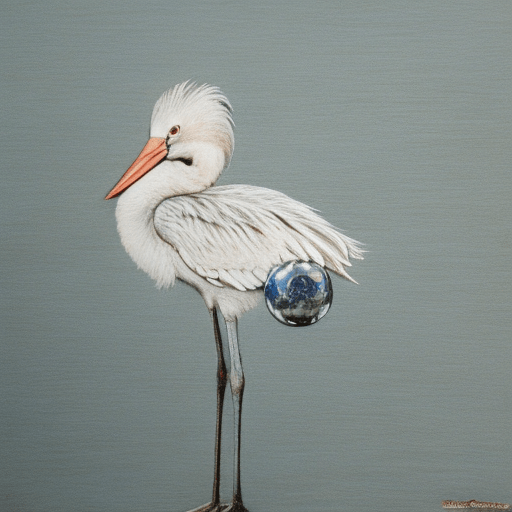Summary of “Woman in the Dunes” by Hiroshi Teshigahara
One-line summary: A enthralling and thought-provoking film, “Woman in the Dunes” explores the psychological and existential struggles of a man trapped in a sand dune village.
Main Cast and Crew:
- Director: Hiroshi Teshigahara
- Writer: Kōbō Abe (based on his novel)
- Key Actors: Eiji Okada as Niki Junpei, Kyōko Kishida as Woman, Hiroko Itō as Niki’s wife
- Music Director: Tōru Takemitsu
- Director of Photography: Hiroshi Segawa
- Producers: Kiichi Ichikawa, Tadashi Ōno
Plot:
In “Woman in the Dunes,” an entomologist named Niki Junpei (Eiji Okada) finds himself trapped in a remote sand dune village after missing the last bus home. The villagers, living in sand pits, convince him to spend the night with a young woman (Kyōko Kishida) in her sandpit. The next morning, Niki discovers that the villagers have no intention of letting him leave. He is forced to join the woman in shoveling sand to prevent their pit from collapsing.
As the days turn into weeks, Niki becomes increasingly desperate to escape. He tries various methods, including building a ladder and tunneling through the sand, but all his efforts are in vain. The woman, initially hostile towards Niki, gradually develops a complex relationship with him. They rely on each other for survival, yet their interactions are fraught with tension and power struggles.
The film explores themes of existentialism, isolation, and the human condition. Niki’s entrapment in the sand dunes serves as a metaphor for the struggles of everyday life and the futility of human existence. The shifting power dynamics between Niki and the woman highlight the complexities of human relationships and the blurred lines between captor and captive.
Reception and Legacy:
Upon its release in 1964, “Woman in the Dunes” received critical acclaim and was nominated for two Academy Awards, including Best Director and Best Foreign Language Film. The film’s innovative cinematography, haunting score by Tōru Takemitsu, and thought-provoking narrative captivated audiences worldwide.
“Woman in the Dunes” has had a lasting impact on cinema, influencing filmmakers and artists with its unique storytelling and visual style. Hiroshi Teshigahara’s direction, coupled with Kōbō Abe’s screenplay adapted from his own novel, created a mesmerizing and unforgettable cinematic experience.
Recommendation:
“Woman in the Dunes” is a must-watch for cinephiles who appreciate thought-provoking and visually stunning films. Its exploration of existential themes and complex character dynamics will leave viewers pondering the nature of existence long after the credits roll. However, it may not be suitable for those seeking fast-paced action or a straightforward narrative.
Memorable Quote:
“Man’s true nature is to create, not to destroy.” – Niki Junpei
In this poignant quote, Niki Junpei reflects on the essence of humanity and the inherent desire to create and leave a lasting impact on the world. It encapsulates the underlying themes of the film and invites contemplation on the human condition.












